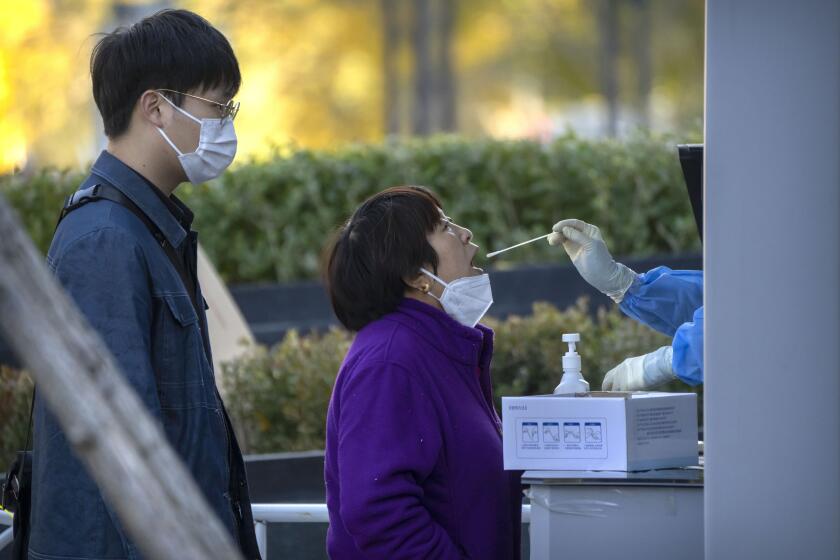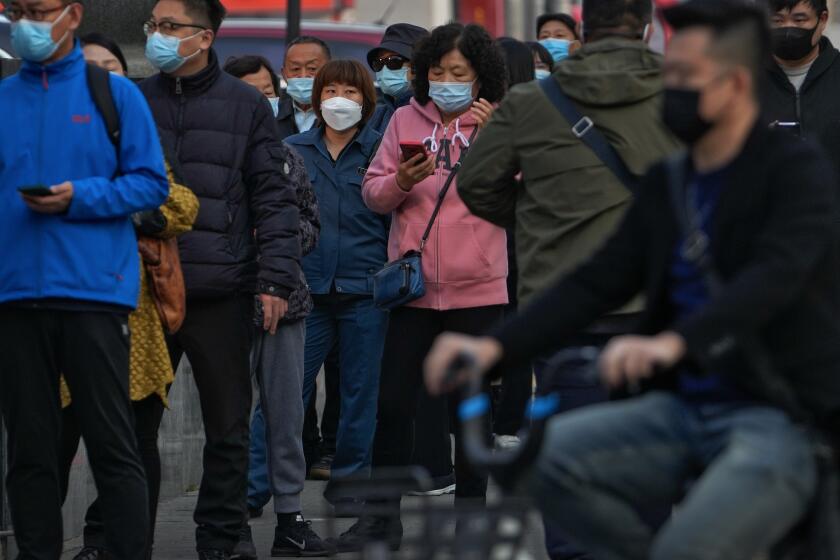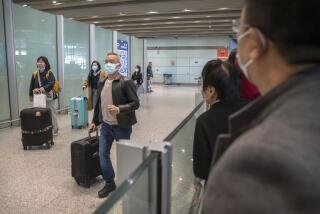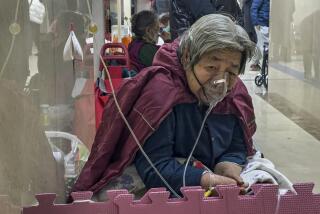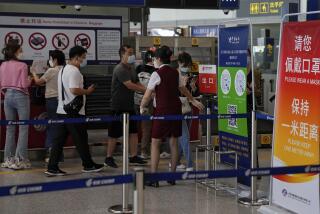Chinese officials signal no change to ‘zero-COVID’ policy
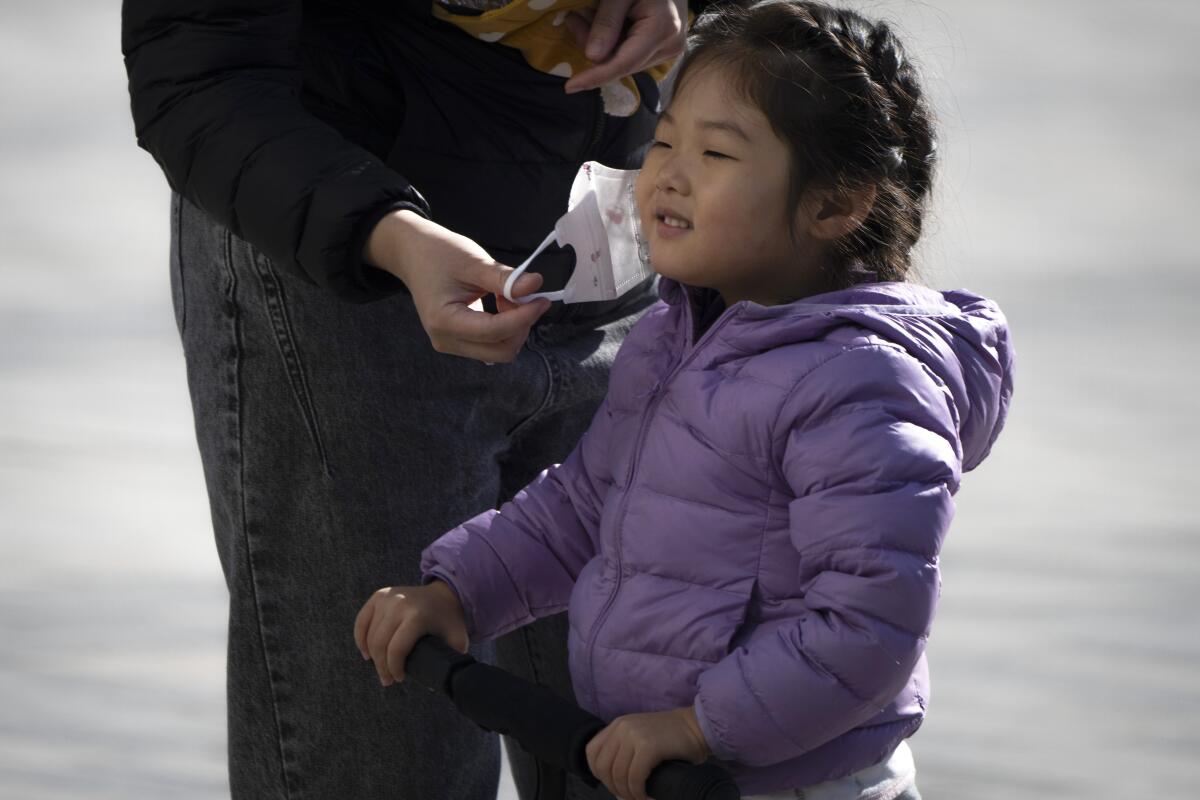
- Share via
BEIJING — Chinese health officials gave no indication this weekend of any relaxation of COVID-19 restrictions, following several days of speculation that the government was considering changes to a “zero-COVID” approach that has stymied economic growth and disrupted daily life.
The officials said at a news conference Saturday that they would “unswervingly” stick to the policy, which seeks to stop cases from coming into the country and snuff out outbreaks as they are uncovered.
The announcement was not a surprise and doesn’t preclude the possibility that discussions are taking place behind closed doors. But there has been no official confirmation of talks, and most analysts believe any change will be gradual with major easing unlikely until sometime next year.
The speculation rallied stock markets in China this week, with investors as well as the public latching onto any hints of possible change. The death of a 3-year-old boy in a quarantined residential compound fueled growing discontent with the anti-virus controls, which are increasingly out of step with the rest of the world.
Anyone entering China must quarantine at a designated hotel for seven to 10 days. People in the country line up several times a week to get a virus test at outdoor booths, to meet a requirement for a negative result within the last 72 hours to enter office buildings, shopping malls, restaurants, parks and other public places.
Tuo Jia, a National Health Commission official, acknowledged complaints in some cities about the zealous enforcement of the zero-COVID policy and said that local authorities need to balance epidemic prevention with economic development.
“We must conduct prevention and control resolutely, decisively, scientifically and accurately, and resolutely clean up and stop all forms of simplification, a one-size-fits-all approach and excessive local measures,” she said.
Chinese officials are trying to quell an outcry over the death of a 3-year-old boy from a quarantined residential compound.
Scattered outbreaks across the country continue to prompt travel restrictions and lockdowns. China on Saturday reported identifying about 3,500 new cases the previous day, including about 3,000 who tested positive despite not having any COVID-19 symptoms.
In the city of Guangzhou in the southeast, Haizhu district suspended bus and subway service for three days and urged residents to stay home as it conducts mass testing of its 1.8 million people. One person per household is allowed out each day to shop for necessities.
Restrictions are also in place in parts of the Inner Mongolia region in the north and the Xinjiang region in the west, where 43 new high-risk areas were designated Saturday in Urumqi, the regional capital.
China’s largest city, Shanghai, has started administering an aerosol COVID-19 vaccine that recipients suck in through their mouths, state media said.
Wang Guiqiang, director of the infectious disease department at Peking University First Hospital, told the news conference that the vaccination rate for people above 80 years old needs to be raised. China does not have a vaccine mandate.
A health official said that 90% of the population is fully vaccinated, including 86% percent of those above 60, but did not provide a figure for those above 80.
German Chancellor Olaf Scholz, who made a one-day visit to Beijing on Friday, told reporters that China had agreed to approve the German-developed Pfizer-BioNTech COVID-19 vaccine for foreigners and that he hoped its use would be expanded to the Chinese public.
It wasn’t clear when the approval would come. China has approved only domestic vaccines so far, which use an older technology that has typically proved less effective at preventing the spread of the disease than the Pfizer-BioNTech or Moderna vaccines.
More to Read
Sign up for Essential California
The most important California stories and recommendations in your inbox every morning.
You may occasionally receive promotional content from the Los Angeles Times.
